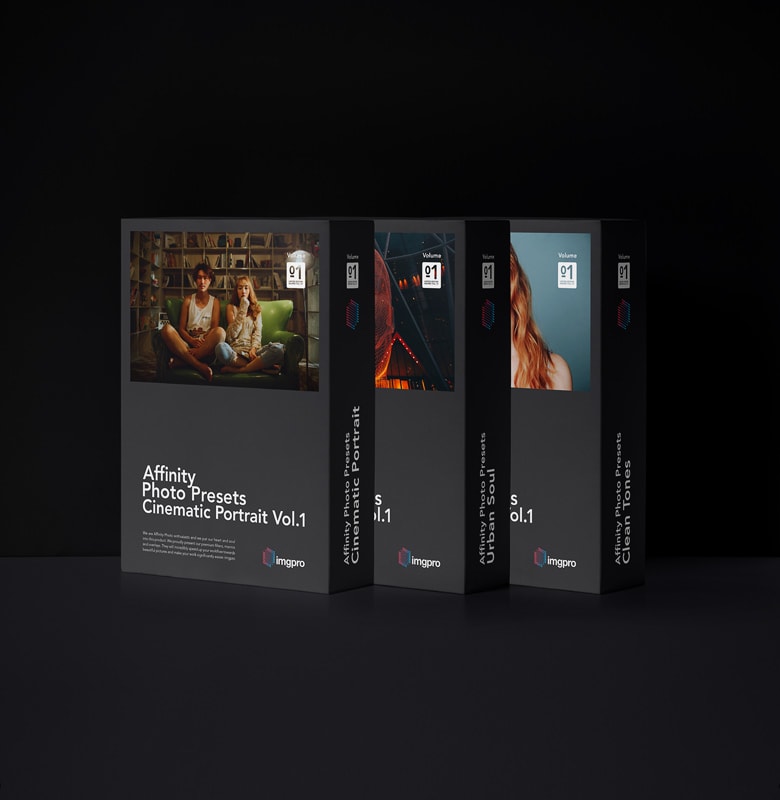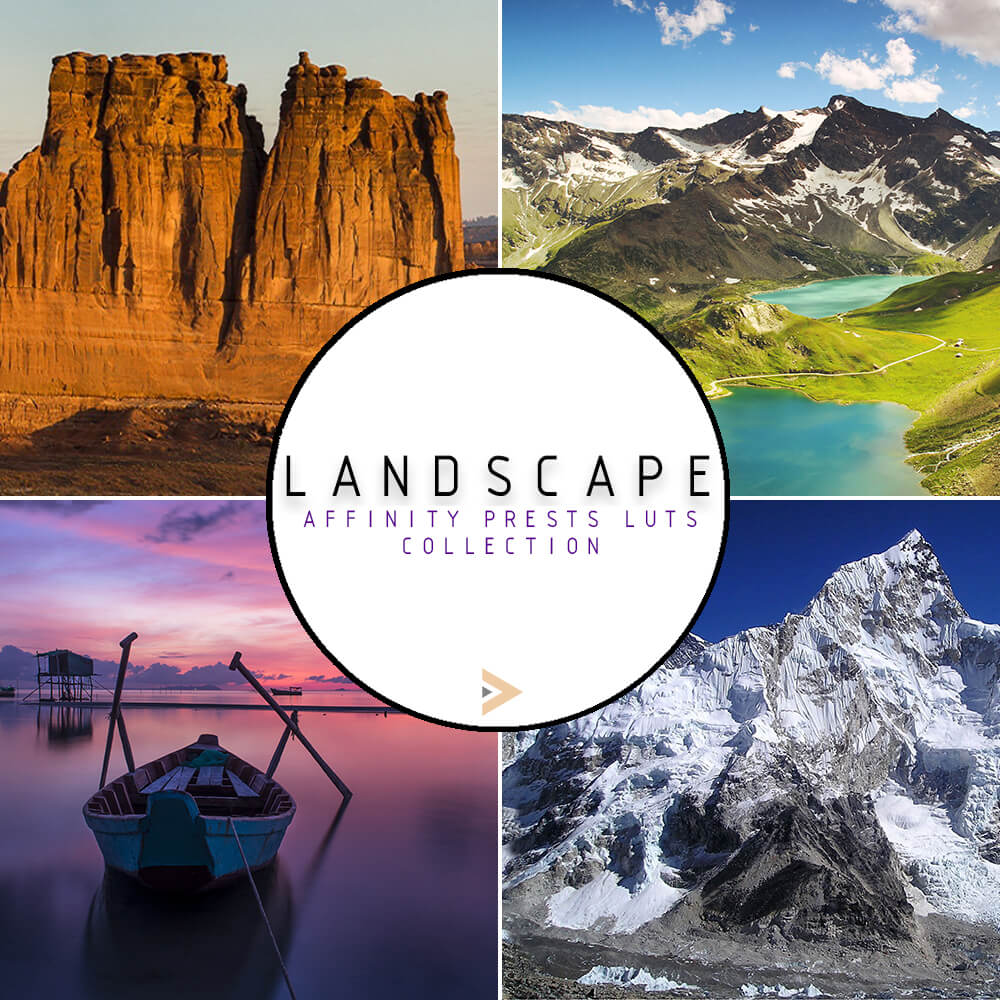

- Affinity photo luts generator#
- Affinity photo luts skin#
- Affinity photo luts software#
- Affinity photo luts series#
Let's take a look at the blue filter on a sensor: it mostly lets blue frequency light through and counts the photons (actually the charge on the site). Similar to how you might weigh yourself and deduct 5 pounds for clothes. You could throw out the scales and buy new or just subtract the 2 oz from the answer it gives. As an analogy let's say we have an old set of weighing scales that is constantly out 2 oz so you weigh something that's 4 oz it says 6 oz you weigh something that is 8 oz and it says 10 oz.
Affinity photo luts series#
It's pretty much a series of corrections. I was asked to explain what a look up table is. I'm only a few days into looking at LUTs but trust me they are an interesting tool. Even if you don't go on to use LUT's use of a color chart can help speed up processing and create more consistent results. You don't have to create your own LUTs but a single LUT applied to a Canon image and a Nikon image is likely to look different as the sensors are different and how the manufacturer set the response will be different. I hope this brief skim overview of LUT's has been interesting enough to encourage you to investigate further. Unfortunately different sensors and brands will give different results but you can match footage with Luts to give a very similar result. For video makers they will tend to use a flat or log profile which tries to keep the application of curves in camera to a minimum. The in camera white balance can be thought as an in camera LUT as it changes the colors for the conditions, you could say the same for contrast and tone. If shooting Raw, you can impose a white balance after the fact. For best results its best to keep each shot consistent with the rest, fixing the exposure and white balance. Post processing frame by frame would be both impractical and look terrible as the color would likely vary between frames. LUTs are a very powerful tool for photography and video, especially video. Without the LUT the sky might be painfully bright and with obvious haloing.

You can selectively darken a sky without haloing and then boost the overall exposure. You might have a model in a semi ripe cornfield and shift green towards yellow, with LUTs this can look quite natural.
Affinity photo luts skin#
You can also pin some colors while changing others, commonly skin tones are locked while others are adjusted. E.g a currently over done trend is for orange and teal where the reds appear more orange and the blues more teal. What you can do is take a photo of your card under the conditions you are shooting create a LUT from that and then apply that LUT to other photos from that session, perfect color maybe. It's good in so far as it goes but in bad light it's still going to look kinda funky.
Affinity photo luts software#
The xrite software can create a profile for your camera and alter its bias to something closer to reality or to another camera. But 3D lut creator can correct the colors on the card and give a more natural rendition of the scenes colors. With a macbeth card or xrite color checker you have reference tiles of a known color the white to black tiles can be used to correct white balance to some extent with your regular white balance tool. E.g a sodium street light doesn't put out much if any bluelight but the blue filter still lets some red light through, and most of this gets treated as blue frequency light, making the photo look terrible. However light sources may not have a continuous spectrum. Camera manufacturers know this so they discount some of the recorded values in order to get something close. These filters are not perfect and will record some of the other 2 colors as well as the color they are meant to be collecting. So why use a LUT? Our camera's essentially use Red Green and Blue filters over each pixel site, recording 1/3rd of each pixels colors and then interpolating from other pixels to calculate the other 2 colors.
Affinity photo luts generator#
There is also IWLTBAP LUT generator (converter) which you can get for free. 3D Lut creator comes in 3 editions costing from $99 to $250 it is the photoshop of LUT creation. In Affinity Photo and Photoshop you can perform certain adjustments and export them as a LUT. Image 2 LUT is simplest and cheapest but is limited to generating a LUT from one image which you can apply to another set of images. The best two Lut creation tools i've found are image2LUT and 3D LUT creator.

You can create and use LUTs in several programs, e.g Affinity Photo and Photoshop and most video editing software. I've been looking into the use and creation of LUTs (look up tables) and I thought I might summarise what i've found and why you might want to use them for post processing.


 0 kommentar(er)
0 kommentar(er)
